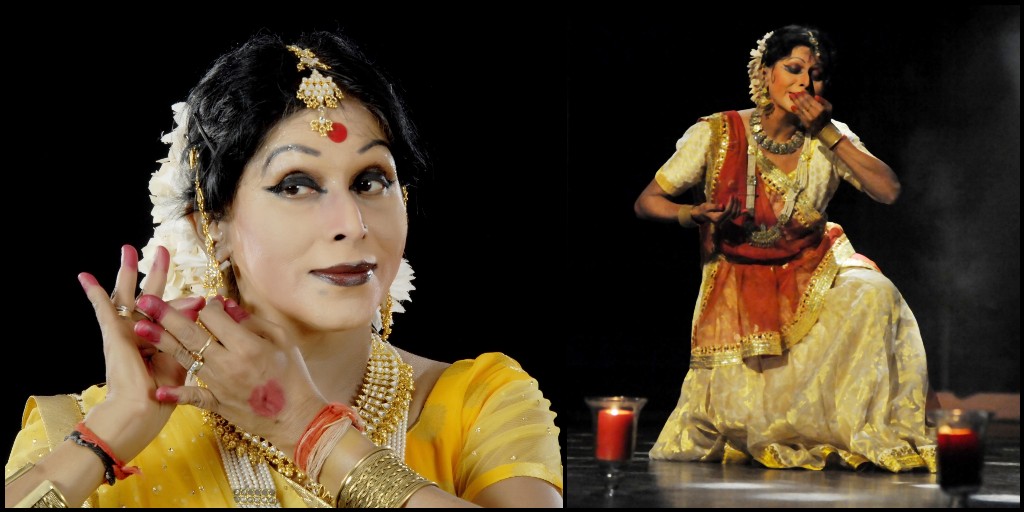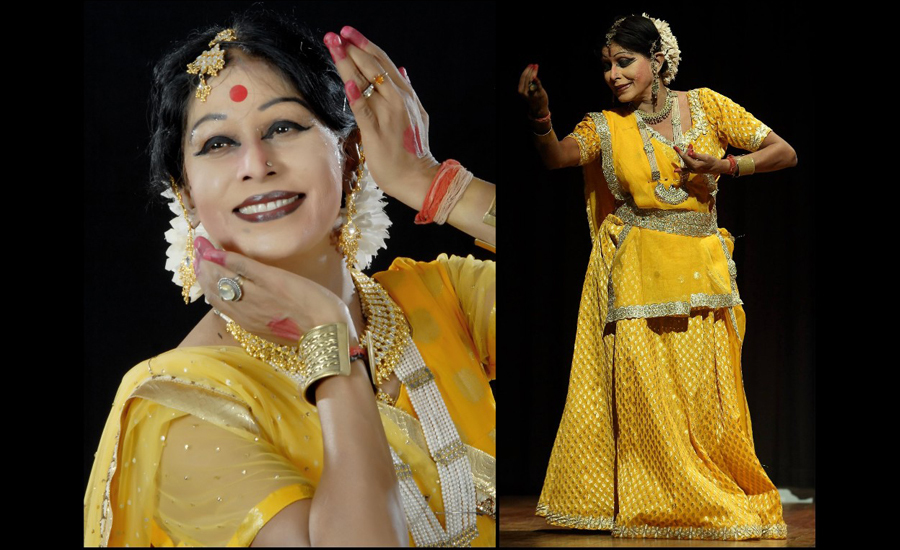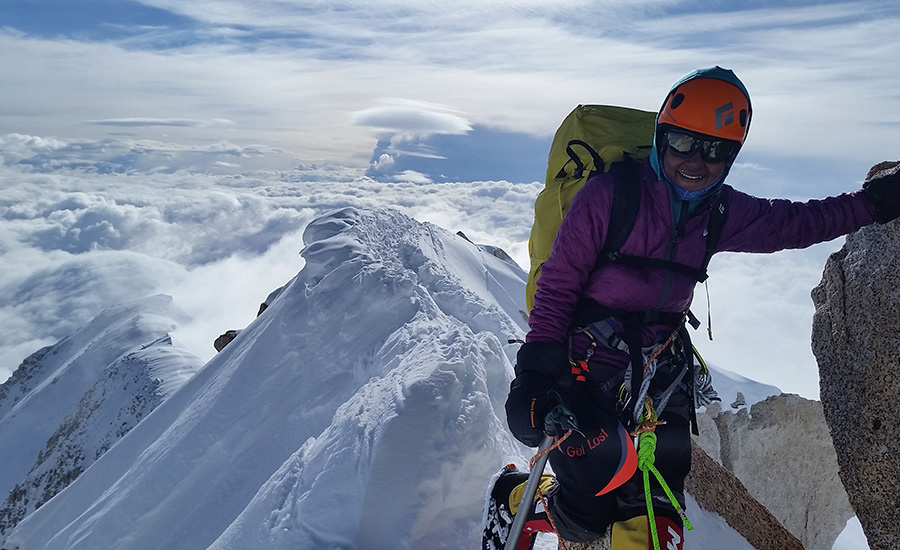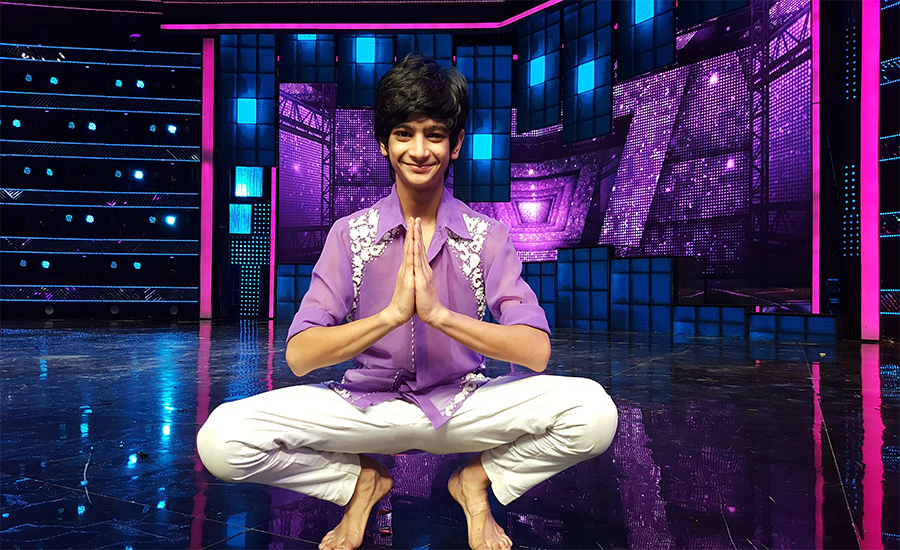

Padma Shri Shovana Narayan gave wings to dream of Guru and Kathak maestro Pandit Birju Maharaj - Know the story of ‘Kathak Queen’
Known As
Shovana Narayan
Mother's Name
Lalita Narayan
Father's Name
K.D. Narayan
Birthday
2nd September 1950
Place from
Delhi (originally the family hails from Bihar)
Proudly says ‘imd1’ for
Kathak, Dance
A Kathak maestro, an outstanding dancer, a profusion of expressions, respected as the ‘Kathak Queen’ of India; Shovana Narayan, the Padma Shri Awardee artist represents a bravura, which is the manifestation of Kathak dance techniques learnt from the legendary Pandit Birju Maharaj and Guru Kundan Lal. Much like her guru, Pandit Birju Maharaj, Shovana is famous as both performer and a guru. She has been the wings for Pandit Birju Maharaj’s dream of making Kathak an internationally recognizable dance form. Her efforts to fuse Kathak with other major dance forms like Western Classical Ballet, Tap dance and Spanish Flamenco are exceptional. She has imbedded the various cultural connotations of Kathak. Juggling between the career in dance and civil service, she has given equal justice to both and excelled. She is pioneered and taken as a role model by today’s youth. A living legend in the field of art, she has worked with many famous musicians, dancers and some of her excellently choreographed works like ‘Moonlight Impressionism’ and ‘The Dawn After’ have been very successful in bringing out the essence of dance.
Team imd1 had a chat with her a few days ago, read on to know her further!
We are keen to know; how did your journey begin?
My journey started at a very young age when I was just 3 years old. All the children from my mother’s maternal family were engaged in multiple activities. Those children were expected to be excellent culturally, academically & professionally in their respective field of art, sport, literature, music, dance and so on. That applied to me also. In order to channelize my effective energy, I was directed towards dance. My mother initiated me to Kathak dance and enrolled me with Sadhana Bose in Kolkata, the famous dancer and Indian actress of 1930’s. She was astonished to see my panache in dance. She expressed to my mother in Bengali which meant “You brought me a Babe in Arms”. I was a keen student and good learner. Dance to me was life. I found my life in dance, the way a fish finds life in water. I then learnt dance from Guru Kundan Lal in Bombay and later from Pandit Birju Maharaj. Rest is history.
Beyond Dance
Your Quote for Life
Appreciate life which is full of diversity & colors. Live your life to the fullest. Whatever you take up do it with dedication, honesty & integrity.
Favorite Personalities
Mahatma Gandhi
Inspirations
Bhagwat Gita
Food I Love
Dal Chawal
Food I Hate
Heavy spicy masala food
Like Vacations at
Where ever my family goes
Favorite Pass time
Reading, listening to music, sketching & walking
Favorite Dialogue
Dekhi zamane ki yaari, Bichhde Sabhi Bari Bari
Favorite Movies / Series
Kaagaz Ke Phool

What has been your success mantra?
Success is a term that can be measured in different ways. It has different meaning for different people. As far as I am concerned, I have been very honest towards my passion for dance. I am focused, dedicated & a hardworking-person which reflects in my successful stint as a Kathak dancer.
What were the hardships & hurdles you encountered and how did you overcome them?
Of course, hardships & hurdles are part of everyone’s life. Everyone has to go through their share of ups & downs. It all depends on how you look at these challenges. Whether you take it as a burden or face it with courage. The level of devotion one has towards the career is what matters. Though I wanted to be on stage and perform like other children, I suffered massive stage fright a day before the performance – a performance that I was doing much against my mother’s wishes. On that day, I made a spectacle of myself with my immobilizing stage fright! However, the fear of my mother stopping me from dancing was more than the stage phobia. Here, the 1st obstacle was my own inner-self, the anxiety which I had to face & fight back. I was my own competition. The 2nd obstacle was the conditioning of mind. Till the year 1971, my Guruji Pandit Birju Maharaj steered my performances. It is very convenient when you are directed by your guru. The challenge bestowed on me was when I had to direct my own performance coordinating in Taal with the legendary tabla player Latif Ahmed Khan while performing in Shanmukhanandha hall (Mumbai) in 1971. It was then when I learnt to condition my mind. Many aspects of dance had to be considered including the duration of each item or element within an item. I had to master my dance without compromising on the performance.
Do you think Dancing and its learning’s can be helpful in life even if one does not want to consider it as a career goal?
When a dancer understands and starts appreciating dance forms, it completes him/her. The ancient saying goes true, “Sahitya sangeet-kala vihina, sakshat pashu poochchh vishna-hina.” Its translation is as “A man, not interested in Literature, Music (Classical - as it is the ancient verse) or any Art, is just like an animal without a tail and horns.” One has to develop the liking within self. One has to get accustomed not only to the hard but sensitive aspect of character. It tones up the concern side of a person. This will make one a balanced human being. It polishes the language, speed, body, behavior etc. bringing about aesthetics in life. Dance automatically teaches culture, history, geography, languages, appreciation of Indian philosophy & social developments around us.
Did you get any scientific and systematic formal training and how was that journey?
Scientific training is essential in every walk of life. One cannot easily become a dancer. The basics have to be strong. One has to learn the critical aspects involved in dancing such as the correct stances, training of body and feet movements and facial expressions – all of which have to be well understood & rehearsed. My first guru Sadhana Bose trained me initially when I was in Kolkata. In Mumbai, Guru Kundan Lal laid a foundation on it. Later when I shifted to Delhi, Pandit Birju Maharaj refined my dance movements. My mother has been a great influencer in my successful kathak career. She was the one who introduced me to dance. The legendary Thumri singer Naina Devi also taught me to understand words of the song, internalizing dance so that one becomes one soul with dance. I learnt the technical and spiritual aspects of dance. My gurus contributed aesthetically in my dance training.
What are the pre-coaching essentials e.g. Right age, mindset or any other?
The ideal age to start Kathak training is 6-7 years. Though I was introduced very early (at the age of three) to dance, children should start with training when they are able to understand the nuances of dance and enjoy learning it. Dance movements are portrayed differently by each child. It might look artistic on one and at the same time odd on other. If the child is not inclined towards dance at all, it will be difficult for her to cope with the evolving skills.
How can one select an ideal ‘Guru’ for getting formal training for Dancing?
It is important to get trained under the ideal ‘Guru’. But there is no universal formula in getting the right teacher. Here the contribution of parents counts in. Since they are experienced and have seen the world, they can identify a right ‘Guru’ for their child.
What do you suggest for better accessibility of Dancing in remote parts of India?
Dancers are performers not organizers. They go everywhere to perform nationally & internationally. The organizers play an important role here in arranging stage shows & events for dancers. They must organize festivals in villages so that people get awareness of different dance forms and expose their children to dance training. Once when we were performing in Chitrakoot, which is in Uttar Pradesh and is associated with Lord Rama, the crowd consisted of villagers who had never seen such a performance. What a beautiful involved audience they were – applauding at the right moments and seemed to understand the most intricate aspects of dance!
In your opinion, what are the basic key traits apart from formal training that make “I Am The 1”?
There have been so many big & small precious moments that makes one feel ‘I Am The 1’. For instance, when you are trying to achieve something during a practice session and suddenly one day you achieve it – What joy it is at that moment! But I suppose for any woman, the most precious moment is when you hold your child for the first time in your arms.
How can one identify this talent in the family and encourage it?
Children should be provided with different opportunities. Let them undertake different activities. The one in which they excel and ignite their interest, continue developing it further. Every child is born with unique sets of skills.
Your piece of advice to parents and new generation especially when some people are skeptical about career in extra curriculum.
Parents need to recognize the interest and skills of their child. Their responsibility is also raising a child who is a balanced human being. No matter how lucrative a profession is, but if it doesn’t interest a child, pushing her in it, is sheer waste of time. If money is the only criteria then art will be left behind. We should keep in mind, Laxmi is very ‘chanchal’ (fickle). Today if it’s there, tomorrow it might not be there. But skills remain with an individual forever. Parents must lay emphasis on proper training, grooming and getting into the depth of their child’s area of interest. No field has instant gratification. One has to be patient and work hard.














